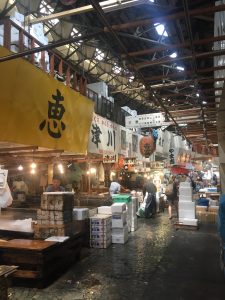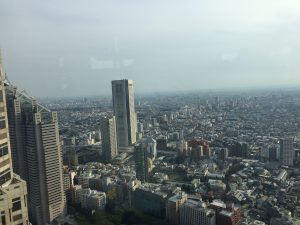After relentless travel, WE ARE IN 東京(Tokyo)! While yesterday was sort of a passive travel day, today we engaged in an extremely physically active (walking) and mentally (Japanese everywhere!) active tour thanks to Ozaki-san, who spoke to us in Japanese for of the whole day. Our first stop of the tour was the bustling Tsukiji Fish Market. The pace of Tokyo city life is fast, but Tuskiji’s is even faster…
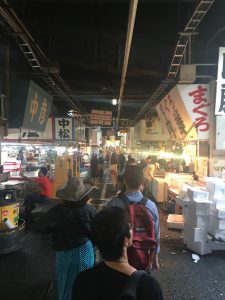
Tsukiji now sits on some of Japan’s most expensive real estate (right next to Ginza). For economic purposes, Tsukiji will most likely be moved to a different place. With its stone streets gone, its grubby candor will be lost to a modern facility.
As mentioned in the reading, the presentation of the goods were stunning. Display sections in the “separate” market were decorated accordingly and the fruit simply stunning. Vegetables and fruits were carefully examined, washed, packaged and each were exquisitely mouth-watering.
After Tsukiji, we walked to different parts of Tokyo, like Shiodome and Ueno Park. From the top of one of the sky scraper, Tokyo’s reclaimed land was visible. This once again, brought up the question the natural vs. un-natural/manmade. Is this real land?nIt was however, incredible to see how, Japan is bordered by the sea, but in a way not bounded by it.
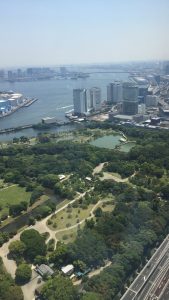
Tokyo is lined with massive skyscrapers and occasional oasis of nature such as gardens and parks. Meiji Period Museums, ideas, and artifacts are live in Ueno Park. The Western art museum, the Meiji Museum, as well as the zoo (which we will be tending in the near future) and several Jinja and opera (shrine sand temples) are scattered through out Ueno Park.
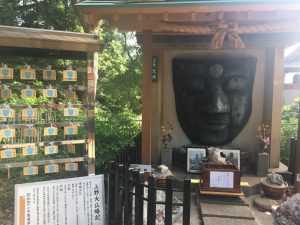
Tokyo is a dynamic place in which many aspects of life are woven into a surprise pattern, although the placement of these placement may seem out of place(issue of purity) such as a park placed in between skyscrapers or temples/shrines in the middle of a business zone- I think it is an attempt to live in this “concrete jungle” with occasional presence of the “other”(or the natural/not-manmade) in order to not forget about the forces of nature and our need for them.
_____
日本語:Today was the first time where I was completely surrounded by the Japanese language. Although the day started pretty well-of interns of understanding and speaking-as the the day wore on communication grew harder (Hopefully due to the jet lag and not me forgetting structures and vocab…).
The 日本語 adventure of the day was ordering dinner at the “food court” place underneath the department store.
頑張ります!

